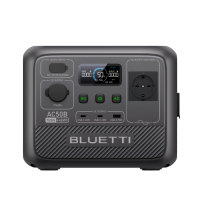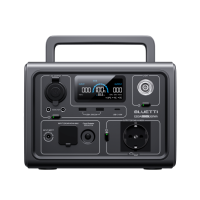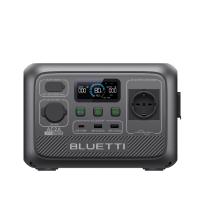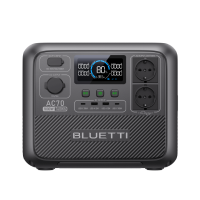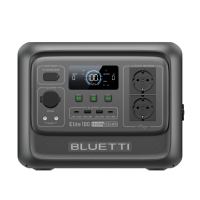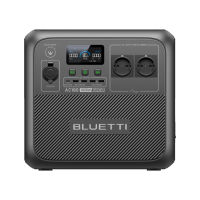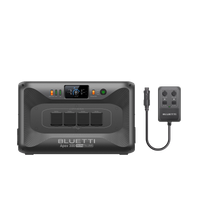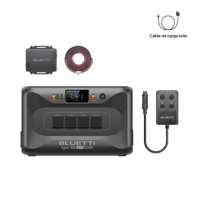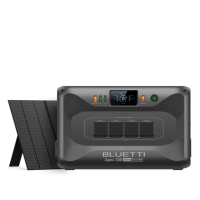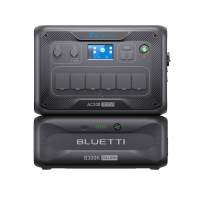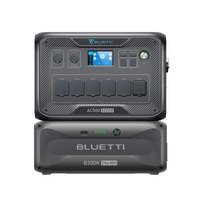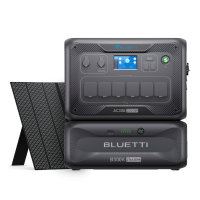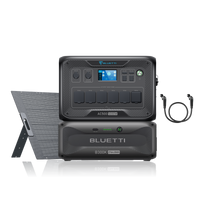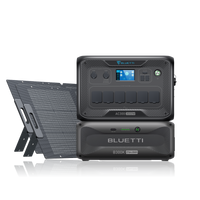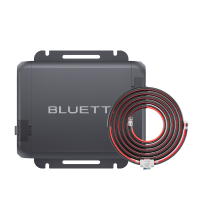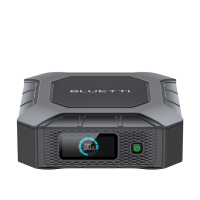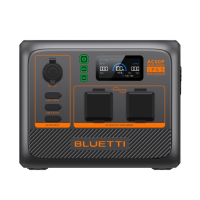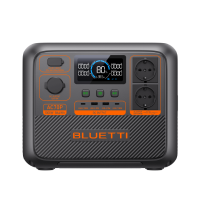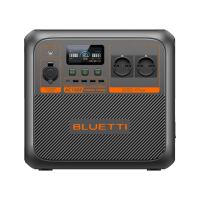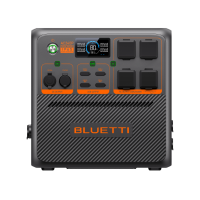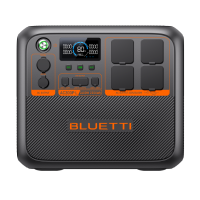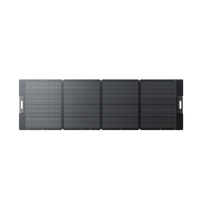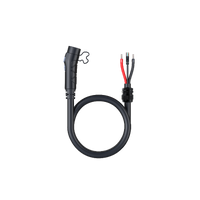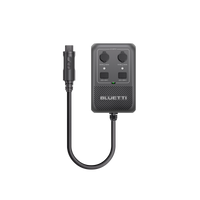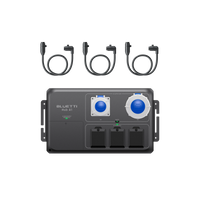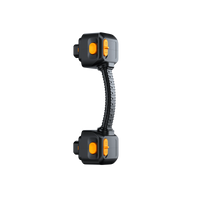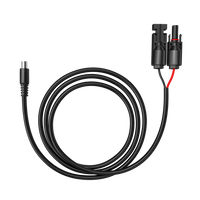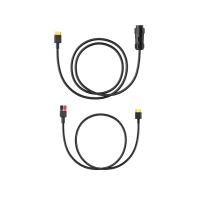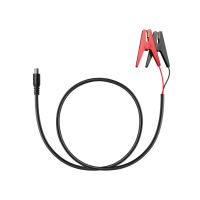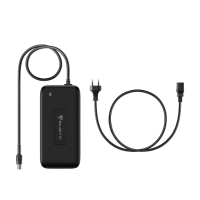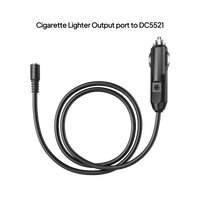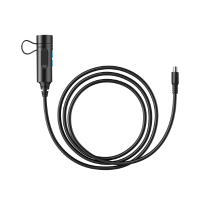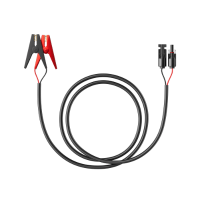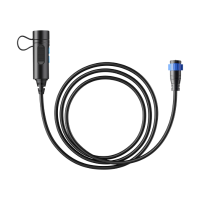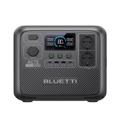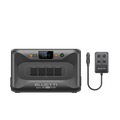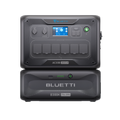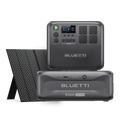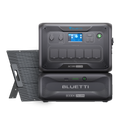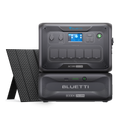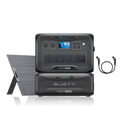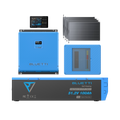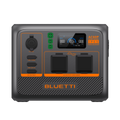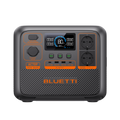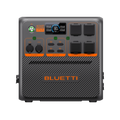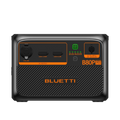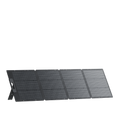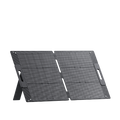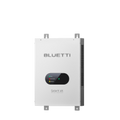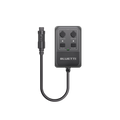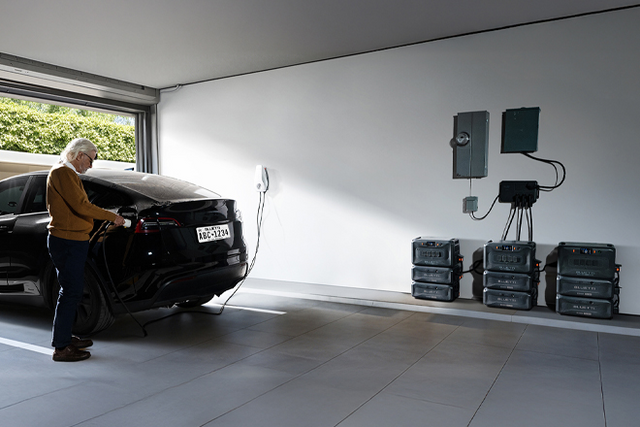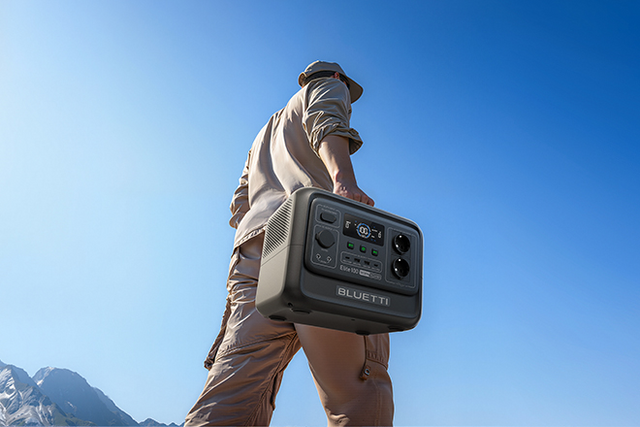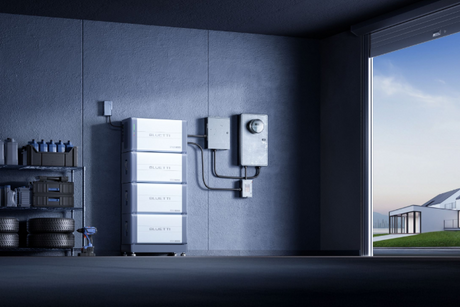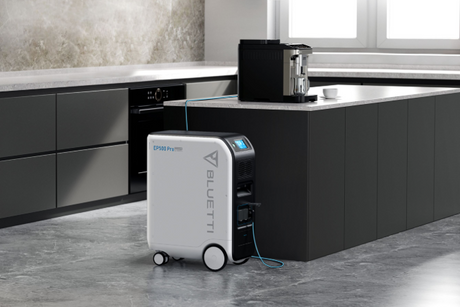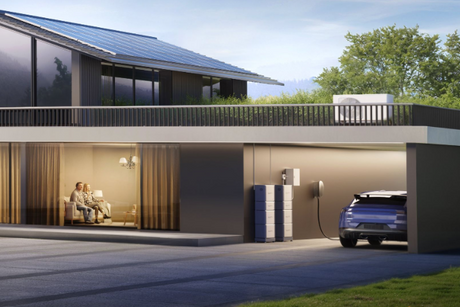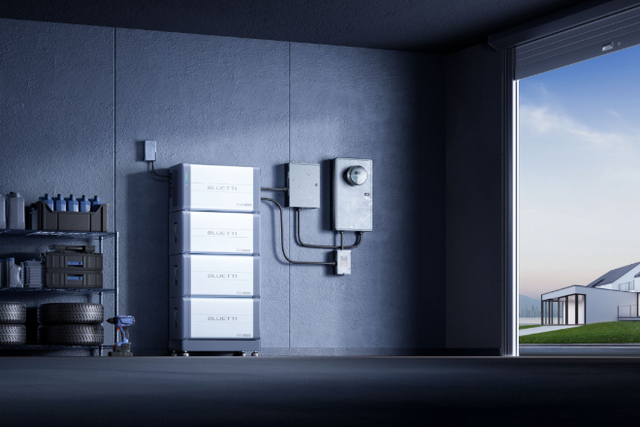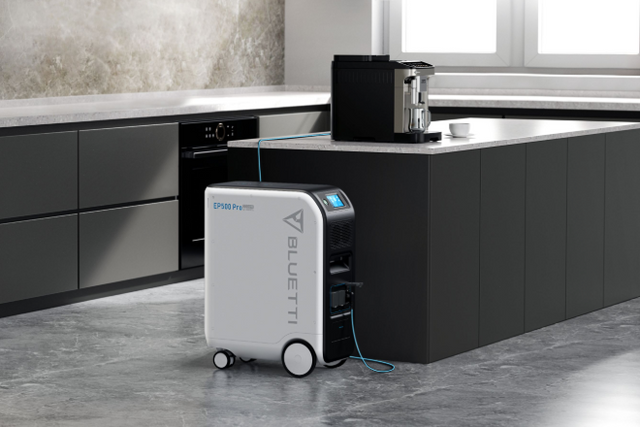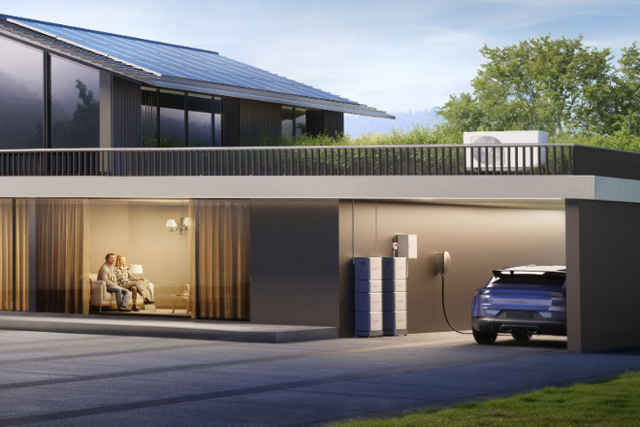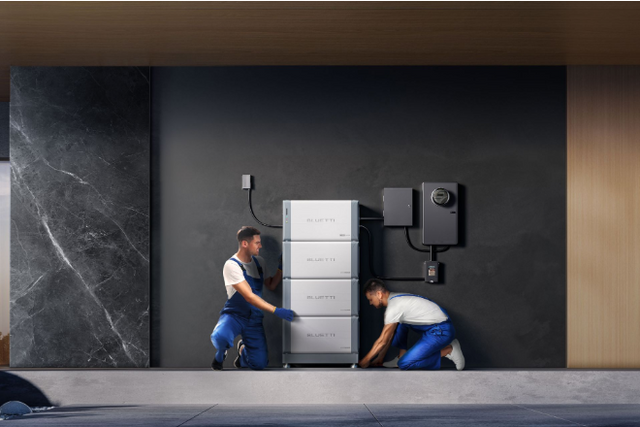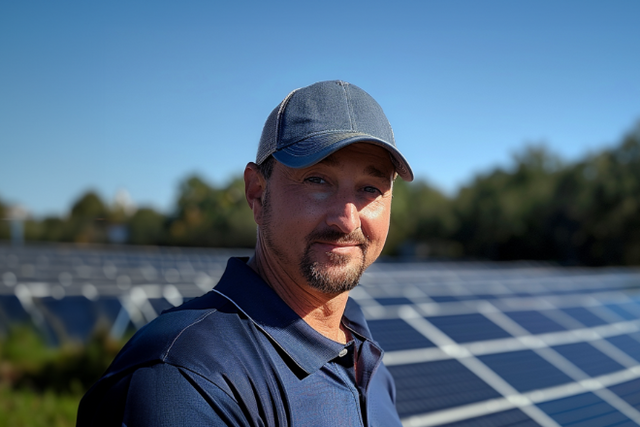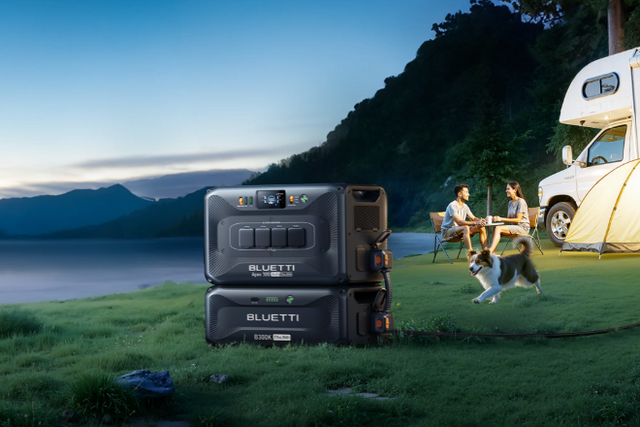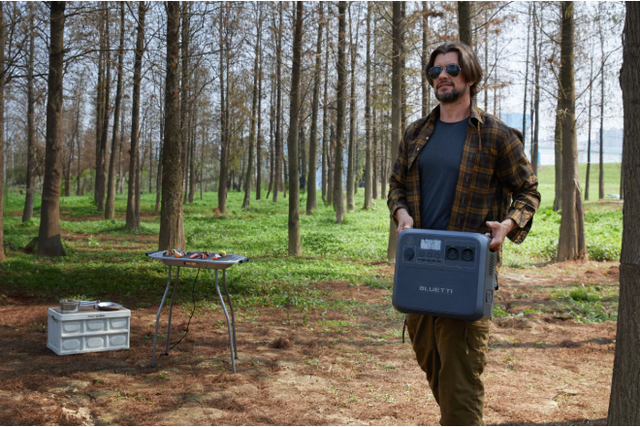If you want to prolong the life of your battery, it is best to try to make a proper battery charge . You do not know how? Well you're in luck! In this post we give you the keys so that you know how to carry out a correct battery charging process and we explain what the charging stages are that must have a battery to avoid wear and tear.
And it is that, as with the battery of your mobile phone or your vehicle, for a correct use of your solar battery it is important to understand how it is charged and discharged.
Inadequate battery charging can cause a battery to suffer and deteriorate rapidly, and even overcharge. But let's start with the most basic, knowing what the process of charging a battery consists of.
How is the process of charging a battery?
A battery charge has been the chemical process opposite to that of its discharge. The ions change position, or what is the same, the energy through which the battery is being charged turns back into electrical energy that is stored in it.

What are battery charge and discharge cycles?
Each battery charge cycle is a process during which the energy of a 100% charged battery is fully consumed. That is, counting from the maximum charge value to the maximum discharge value.
In this way, the number of charge/discharge cycles that you can do with each battery is what determines its useful life. And hence the importance of a proper battery charge! If you regularly discharge your battery at a low percentage and charge it, you will be giving it more useful cycles than if you let it reach
It is important that to know the useful life of your battery check in its specifications both the number of cycles you can do , such as the number of years the battery can float (we'll see what this is a bit later).

How long should a battery be charged?
Once the stated number of cycles of each battery is completed, the battery begins to lose its capacity to store energy. But the battery does not die completely, it degrades according to the number of times we have fully charged and discharged it, and also according to the way in which we have done each battery charge.
With all this in mind, when deciding how long to charge a battery, it is convenient to look at the capacity of the charger and battery, as well as the discharge level that the battery has, since is not required in all cases the same amount of time to reach a full battery charge. So, while for a 45Ah battery and a 10Ah charger a charge of between 4 or 5 hours will suffice, it may be that for other types of batteries that have less capacity less than an hour of charging are required.
Stages of charge and discharge of a battery
One of the advantages of having a photovoltaic installation is being able to count on electricity without interruptions of any kind. It does not matter if it is a cloudy day, or if it is night, since solar batteries store the solar energy that the solar panels have produced to be able to use it at any time when these are not working.
Once it's sunny again, all energy that has been consumed is fully replenished. With what we are facing a type of energy that is totally renewable and sustainable that allows us to disconnect from the traditional electrical network and be self-sufficient. But how do you charge a battery? Let's see the different charging stages that solar batteries have:
Bulk stage or initial load
Of the 4 charging stages that a battery has, the first one is the bulk stage, in which the battery receives current with maximum intensity. So the voltage rises rapidly up to 12.6V and then slowly reaches the first voltage limit where the battery is charged to between 80 and 90%. Thereafter, the power decreases.

Absorption Stage
The next stage of battery charging is the absorption stage, in which the current gradually decreases until is reaches 100% charge battery. This stage is where the electrolyte that has been altered if there has been any deep discharge process is recovered. Depending on how long the discharge is, consequently this absorption stage will be more or less long until the electrolyte is completely recovered.
Float Stage
Another of the charging stages is the float stage, in which the battery has 100% charge
Equalization Stage
The last stage of charge is that of equalization or gassing, in which with a high voltage at low intensity, the dissolution of the battery is homogenized by rising the gas within the acid (electrolyte). Thus it is achieved that all the cells have the same voltage.
All these stages of charging a battery appear reflected graphically in the so-called battery curve, so which we can extract what has been the behavior and the variation of the voltage and current in each of the charging stages until it is finished.
How do I charge the BLUETTI portable power station?
One of the advantages of a BLUETTI portable power station is the possibility recharge it in multiple different ways depending on the model: with BLUETTI solar panels, with the car, with AC, with AC and solar panels, with AC and adapter, and with a generator. So you can use your portable power station anytime, anywhere, without fear of ever running out of power!
And now that you know how a battery is charged and what its charging stages are, you can take proper care of your battery and enjoy the energy of your solar installation!



